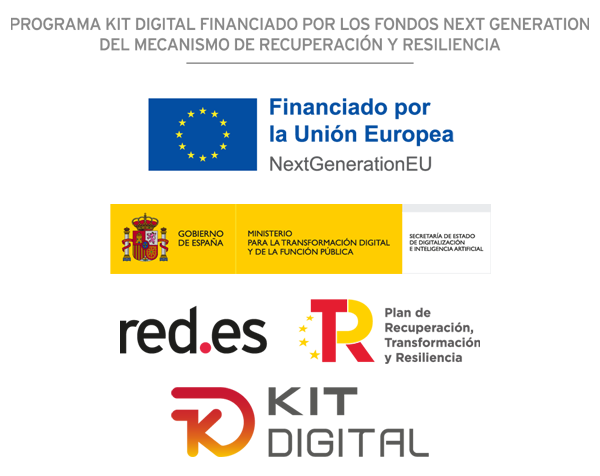To be able to trade we generally go to a retail broker. This is the type of broker that has our profile as a target client.
This type of broker will offer us a platform to operate on. Whether it is their own platform or a generic one (Metatrader type).
Our operations can be manual or automatic (using robots).
Each broker will have its own unique and differentiating characteristics, but they have many things in common due to the fact that they are retail brokers with a very specific target audience.
It is important to research which broker we sign up with. To do this, we must pay attention to the regulations to which the broker is associated.
They can offer forex, stocks, commodities, bonds, etc.
It is important to be clear that, in general, the assets offered by the broker tend to be CFDs or similar. It is important to know what a CFD is:
CFD: Contract for difference.
Let’s take a specific case for the operation of a CFD, we make a purchase transaction of 100,000 euros on the EURUSD. The purchase price of the EURUSD is 1.2. After a period, we close the purchase transaction. If the closing price of the EURUSD (selling price) is higher (let’s assume 1,201), we receive 100 dollars. If the closing price is lower (let’s assume 1,199) we must pay the broker 100 dollars.
We could have done all this without having a single euro in the broker’s account. Simply with the guarantee of compliance with the contract.
Logically, the broker does not only want to have the guarantee of the contract. He wants an extra guarantee in the form of a minimum deposit. To make the operation of 100,000 euros he could have asked for 200 euros in the deposit. This means that he would be working with a leverage of 1/500 (200 euros requested against the 100,000 operated, 200 / 100,000 = 1/500).
What is usually requested as a deposit varies depending on the broker. It is defined by the broker itself and by the regulation to which it is subject. In Europe, for example, operating with the EURUSD must have a leverage of at most 1/30 (approximately). Therefore, to carry out the operation in the previous case we should have a minimum deposit of 100,000/30 euros (3,334 euros). Other regulations allow higher leverage.
It is important for the broker to analyze the movement of each asset when defining the leverage for each type of asset. In the case of EURUSD, the broker can risk offering high leverage since the movement of this asset is not very volatile. However, in cases of volatile assets, the broker must take measures by lowering the leverage.
How does the broker act in relation to your operation? Well, I don’t know for sure, but he has several options:
- He may not act and hope that the operation ends in his own benefit.
- You can make the same transaction with another broker (generally a superior broker or prime broker) and thus cover your transaction (earning the difference in commissions you charge and those you are charged).
- You can analyze your clients’ operations and come to the conclusion that you only need to make a purchase (from the Prime broker) of 0.5 lots (50,000 euros) of EURUSD to ensure that everything is well covered. (If there are clients who are buying EURUSD for 1,150,000 euros and others who are selling it for 1,100,000 euros, only 50,000 euros are left to make the total coverage).
- You can act in as many ways as your imagination and plan allow, the only thing you have to do is pay the difference if it is positive for the client.




